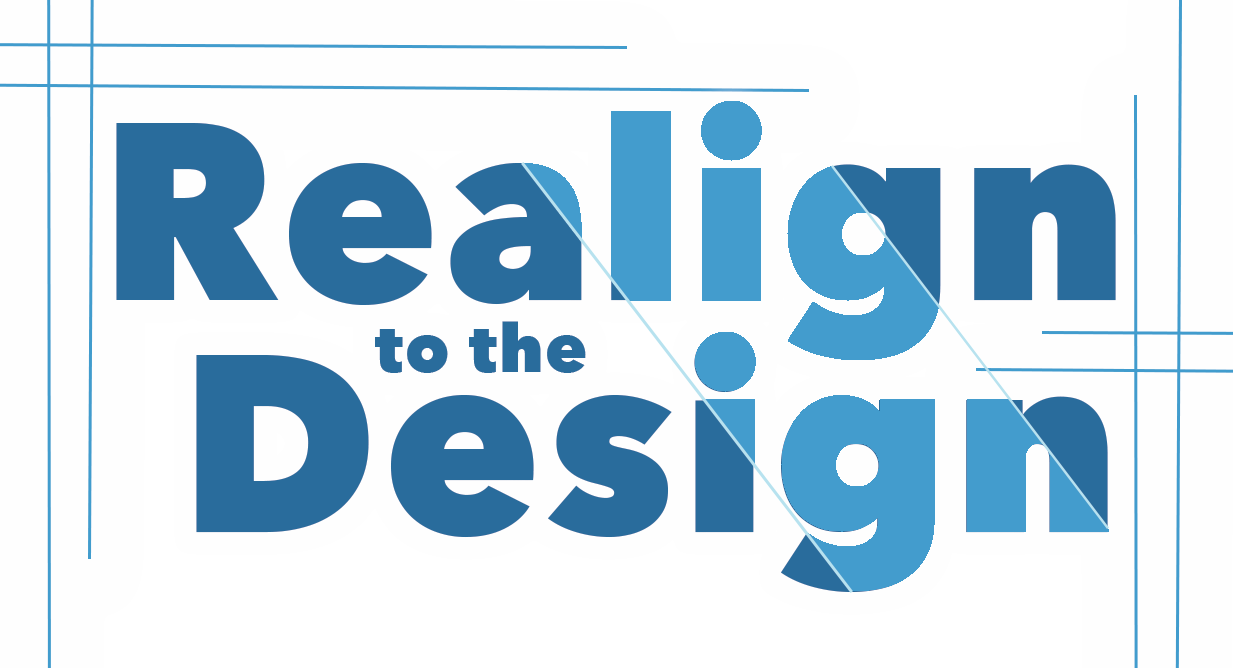Here is a very interesting article about addictive foods. It tells about a number of things. First, it recounts the story from back in 1999 when an executive from Pillsbury, James Behnke, gathered the top execs from the eleven companies who ruled the processed food market and were battling each other for what they called "stomach share". The agenda was the growing childhood obesity problem. James was a scientist by training and "...In the months leading up to the C.E.O. meeting, he was engaged in conversation with a group of food-science experts who were painting an increasingly grim picture of the public’s ability to cope with the industry’s formulations — from the body’s fragile controls on overeating to the hidden power of some processed foods to make people feel hungrier still. It was time, he and a handful of others felt, to warn the C.E.O.’s that their companies may have gone too far in creating and marketing products that posed the greatest health concerns..." He led the executives through 114 slides that detailed the growing crisis. His hope was to get some movement as a group in a healthier direction.
Reports are that Steve Sanger, head of General Mills (who was taking over large sections of the grocery store shelves and "stomach share" spoke up and responded along these lines: "...he reminded the group that consumers were “fickle.” (Sanger declined to be interviewed.) Sometimes they worried about sugar, other times fat. General Mills, he said, acted responsibly to both the public and shareholders by offering products to satisfy dieters and other concerned shoppers, from low sugar to added whole grains. But most often, he said, people bought what they liked, and they liked what tasted good. “Don’t talk to me about nutrition,” he reportedly said, taking on the voice of the typical consumer. “Talk to me about taste, and if this stuff tastes better, don’t run around trying to sell stuff that doesn’t taste good...General Mills would not pull back. He would push his people onward, and he urged his peers to do the same.” That essentially ended the meeting.
The author goes on to say: "...So why are the diabetes and obesity and hypertension numbers still spiraling out of control? It’s not just a matter of poor willpower on the part of the consumer and a give-the-people-what-they-want attitude on the part of the food manufacturers. What I found, over four years of research and reporting, was a conscious effort — taking place in labs and marketing meetings and grocery-store aisles — to get people hooked on foods that are convenient and inexpensive..."
The article continues with a description of the rise of Dr Pepper, what is called the "bliss point", Oscar Mayers bologna crisis, and Frito-Lay's search for a designer sodium. It also shares results from a 2011 study in the New England Journal of Medicine that describes the problem with potato chips, and of course, what discussion about junk food/addictive food would be complete without a story about Coca-Cola.
The individual consumer is hardly able to compete with the cash and resolve to make money displayed by the few companies that rule the processed food aisles... which is most of the store!

